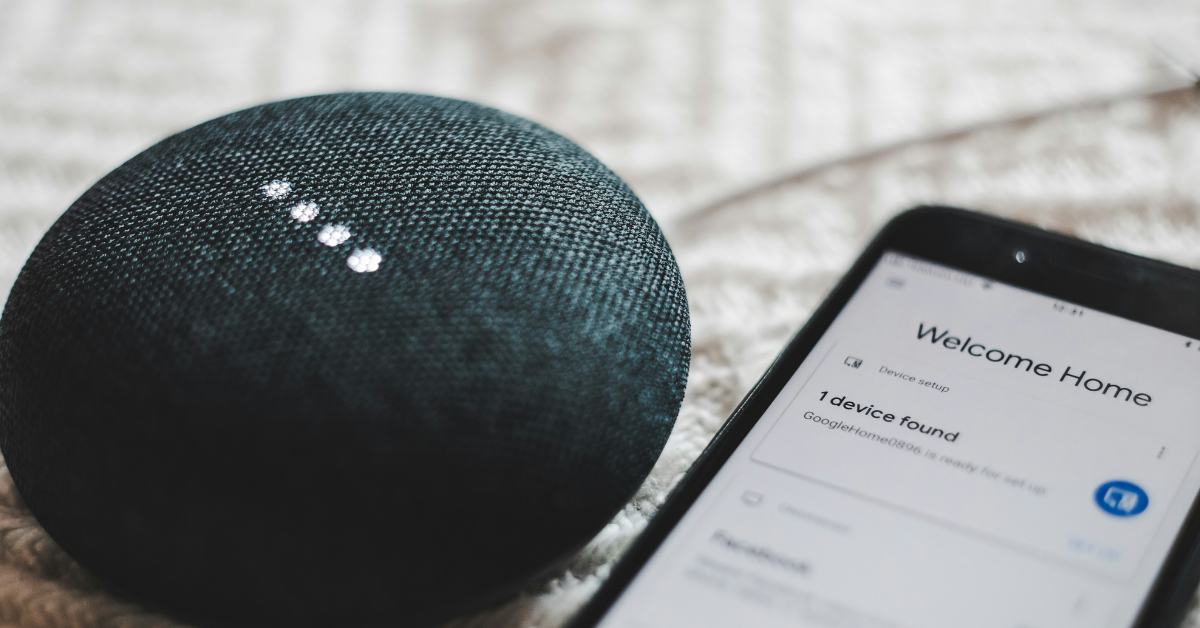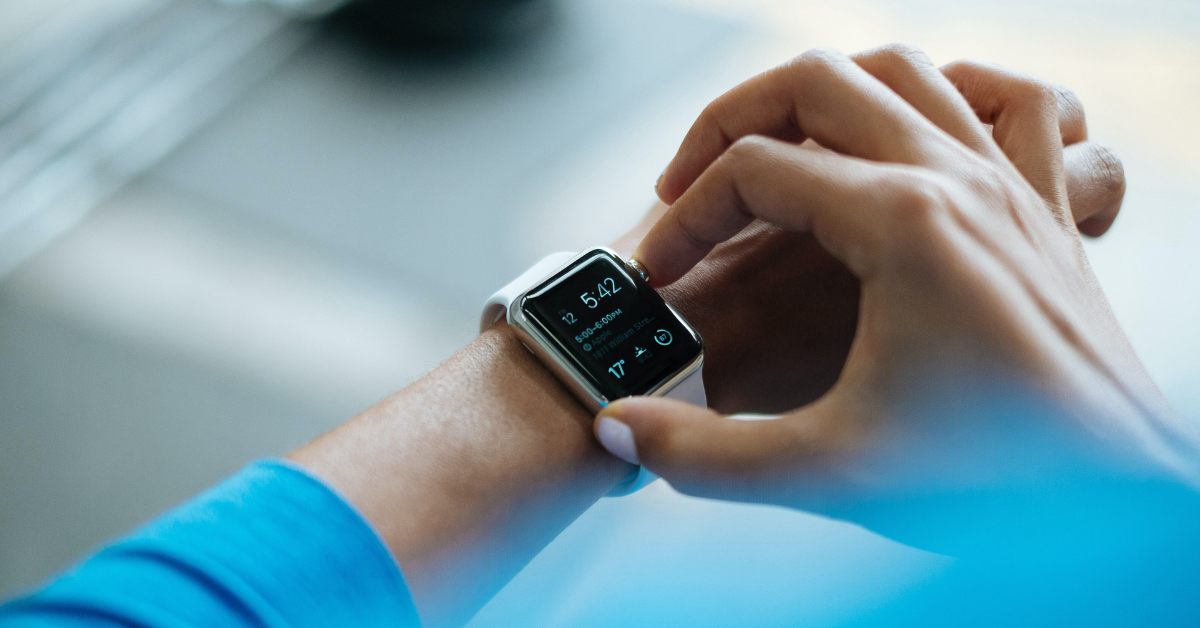IoT software development
Organizations that can benefit from Internet of Things
Organizations across various industries are increasingly recognizing the potential benefits of Internet of Things (IoT) technologies. With the continuous evolution of devices, software, and networks, IoT presents opportunities for enhanced efficiency and improved operations in diverse sectors.
• Fitness: IoT devices such as wearables and smart scales allow users to track fitness activities, monitor vital signs, and receive personalized recommendations for a healthier lifestyle. By leveraging IoT technology, fitness apps can offer tailored workout plans, progress tracking features, and real-time feedback, empowering users to achieve their fitness goals more effectively.
• Real Estate and Property Management: IoT-enabled smart home devices offer insights into energy usage, security, and maintenance needs, enhancing property efficiency and tenant satisfaction. By integrating IoT technology into property management systems, organizations can streamline operations, improve tenant experiences, and optimize resource utilization.
• Sustainability Initiatives: IoT plays a crucial role in sustainability efforts by enabling real-time monitoring of energy consumption, waste management, and environmental conditions. IoT technology enables data-driven sustainability initiatives that minimize environmental impact and support long-term sustainability goals.
• Aviation: IoT solutions in aviation enable real-time monitoring of aircraft systems, predictive maintenance, and enhanced safety measures, ensuring efficient fleet management and flight operations. By adopting IoT technology, aviation organizations can improve operational reliability, reduce maintenance costs, and enhance safety standards across their fleets.
• MedTech: IoT devices and remote monitoring systems in healthcare enable continuous patient monitoring and early detection of health issues, improving patient outcomes and reducing healthcare costs. Healthcare organizations can deliver more personalized and proactive care, improving patient satisfaction and clinical outcomes while reducing healthcare expenditures.
• Automotive: IoT technologies in the automotive industry include connected car systems and telematics, enhancing vehicle safety, navigation, and driver convenience. Automakers can enhance driver experiences, improve vehicle performance, and pave the way for autonomous driving capabilities.
• FinTech: IoT is reshaping financial services with solutions such as smart payment systems and fraud detection, providing personalized customer experiences and improving efficiency and security. Fintech companies can deliver innovative financial products and services that meet the evolving needs of customers, while also enhancing operational efficiency and strengthening cybersecurity measures.
Unlocking the potential of IoT

Tracking
Track everything and automate resource management. From warehouse conditions to vehicle locations, you can track anything you need.

Precision
Increase yields, reduce errors, avoid accidents. IoT systems can optimize the way your team works, and help you achieve repeatable results.

Data
Collect data from your IoT network to make informed decisions. Find patterns, identify bottlenecks, and become a data-driven organization.

Understanding Internet of Things
You have the opportunity to break new paths, but tread lightly
Challenges of IoT Implementation
Unpatchable Exploits - Hardware Vulnerabilities
The issue of unpatchable exploits poses a significant challenge. These vulnerabilities, often rooted in hardware flaws, can render devices susceptible to exploitation by hackers. Even well-established companies like Apple have faced challenges in addressing these vulnerabilities, sometimes necessitating the replacement of affected devices.
Software Vulnerabilities - Network and Device Security Holes
In addition to hardware vulnerabilities, IoT systems are also vulnerable to security holes in the software that powers them. These vulnerabilities can provide entry points for hackers to infiltrate networks and compromise operations or infrastructure.
Fragmented Standards - Ecosystem Challenges
The IoT ecosystem is characterized by a lack of standardized frameworks and protocols, leading to fragmentation and interoperability issues. With various standards and approaches to building IoT systems, organizations face challenges in ensuring seamless integration and robust security measures.
Evolution of Best Practices - Decision-Making Dilemmas
Navigating the rapidly evolving landscape of IoT best practices presents a dilemma for decision-makers. The lack of established standards and the pace of technological development can make it challenging to determine when to invest in IoT initiatives.
Human Error - Deployment Challenges
The complexity and scale of IoT deployments increase the likelihood of human error. Despite rigorous manufacturing and programming processes, misconfigurations or improper deployment practices can introduce vulnerabilities into IoT systems.
Addressing IoT Risks - Strategies for Mitigation
To mitigate the risks associated with IoT deployments, organizations can adopt several strategies:
Prioritize Security
Implement robust security measures at every stage of development and deployment to safeguard against vulnerabilities and unauthorized access.
Partner Wisely
Collaborate with reputable hardware vendors and experienced software developers to mitigate the risk of unpatchable exploits and ensure the integrity of IoT systems.
Embrace Experimentation
Foster a culture of experimentation and learning, leveraging failure as an opportunity for improvement. Through iterative development and rapid prototyping, organizations can identify and address security flaws early in the development lifecycle.
By adopting these strategies and maintaining a proactive approach to security, organizations can navigate the complexities of IoT deployments with confidence and resilience.
Examples of IoT Implementation
Enhancing Connectivity Across Industries
While smartphones and computers are not typically classified as IoT devices due to their reliance on human input, the true power of IoT lies in its ability to automate processes, requiring minimal human intervention once set up. This automation opens up a vast array of possibilities across diverse industries.
Surveillance Advancements - From Security to Smart Cities
One of the most visible applications of IoT is in the realm of surveillance. Connected cameras equipped with advanced sensors and AI algorithms can stream real-time video data to secure locations, facilitating proactive monitoring and threat detection. For instance, in the sports industry, IoT-enabled cameras track player movements and analyze game dynamics, providing valuable insights for coaches and analysts.
Beyond individual security applications, IoT has the potential to transform entire cities into interconnected ecosystems. Through the integration of various devices and networks, modern urban infrastructure can be optimized for efficiency and sustainability. In aviation, IoT-enabled sensors monitor aircraft health in real-time, enabling predictive maintenance and enhancing safety measures.
Smart Home Innovations & Property management
The concept of a smart home, where IoT devices seamlessly control various aspects of daily life, has become increasingly prevalent. From adjusting temperature and lighting to brewing coffee, IoT technologies enhance convenience and comfort. In real estate, IoT-enabled smart homes offer enhanced security, energy efficiency, and remote management capabilities, appealing to modern homeowners and tenants alike.
Wearable Technology: Personalized Health Monitoring and Emergency Response
Wearable devices represent another frontier of IoT innovation, serving as personal assistants for health monitoring and emergency response. In the medtech industry, IoT-enabled wearables track vital signs, detect anomalies, and provide timely alerts in case of emergencies. For example, smart bands equipped with GPS tracking and biometric sensors offer peace of mind for individuals and caregivers, particularly in scenarios like elderly care or remote patient monitoring.
Enhancing Efficiency and Sustainability
In the transportation sector, IoT plays a crucial role in fleet management optimization. Connected sensors installed in fleet vehicles collect data on fuel consumption, vehicle performance, and driver behavior, enabling fleet managers to identify inefficiencies and optimize operations. For example, in logistics, IoT-enabled telematics systems provide real-time visibility into vehicle location and condition, reducing fuel costs and improving delivery accuracy.
Sports and Fitness - IoT Workouts for Performance Optimization
IoT is transforming the sports and fitness industry by enabling personalized workout experiences and performance tracking. Wearable devices and smart equipment collect data on athletes' movements, heart rate, and exertion levels, providing insights to coaches and trainers for optimizing training regimens. For instance, IoT-enabled fitness trackers monitor users' progress, offer real-time feedback, and adjust workout intensity to maximize results and prevent injuries.
Green Tech Innovations
Green tech companies are harnessing the power of IoT to develop innovative solutions for sustainability and environmental conservation. IoT-enabled sensors monitor energy consumption, optimize resource utilization, and reduce carbon emissions across industries. For example, in renewable energy, IoT systems facilitate efficient management of solar and wind power generation, enabling grid balancing and integration of clean energy sources into the power grid.
Looking Ahead - Endless Possibilities of IoT
These examples merely scratch the surface of the boundless potential of IoT. From enhancing security and efficiency in sports stadiums to optimizing healthcare delivery and resource management, IoT continues to redefine the way industries operate. With ongoing advancements in technology and innovation, the IoT landscape is poised to expand even further, ushering in a new era of connectivity and automation across diverse sectors.
Project Completed
Talents on Board
Countries We Work With
Years in Business

Cycling App: IoT Solutions
We took the challenge of upgrading an innovative cycling app, based on native technologies, enabling users to connect with external workout devices via Bluetooth. Users can set new challenges with opponents in real-time and track their progress in a seamless and visual panel.

Jetsnatch: The Best Way to Train With Kettlebells
The client’s vision for this project was to develop a mobile application, which would serve as a support system for kettlebell training programs.
Got questions?
What industries do we have experience with?
Over the past few years, we've designed and developed custom solutions software for a diverse range of industries. These include healthcare, automotive, manufacturing, e-commerce, retail, travel, transportation, real estate, FMCG, education, fitness, lifestyle, and more. We have experience collaborating with startups, SaaS companies, and enterprise-level organizations. You can find examples of our work in our portfolio.
Can we take over a project developed by another company?
Absolutely! We're more than willing to take on such projects. However, our initial step would involve analyzing the project in order to provide you with recommendations on how to proceed. We are open to embracing such challenges, especially when it comes to implementing custom solutions.
Do we work with NDAs?
Yes, we work with NDAs. We maintain professionalism and uphold the confidentiality of our collaboration. If you need to safeguard the information you provide us for the purpose of creating a product, we are here to help. Additionally, our software development team ensures a secure and efficient process.
What is our tech stack?
We tailor the technology stack for each project, taking into account factors such as performance, security, efficiency, and scalability. Our software solutions are built upon the latest and most advanced frameworks and technologies available. The key technologies we use are: Microsoft .NET, .NET Core, Azure Cloud, Angular, React, Node.js, JavaScript, TypeScript, Java, Kotlin, Swift, and Xamarin. At a broader level, our systems are rooted in a microservices architecture, utilizing Docker containers and Kubernetes clusters.
 More services
More services







 Angry Nerds (Poland)
Angry Nerds (Poland) Angry Nerds (USA)
Angry Nerds (USA) Angry Nerds (Canada)
Angry Nerds (Canada)



